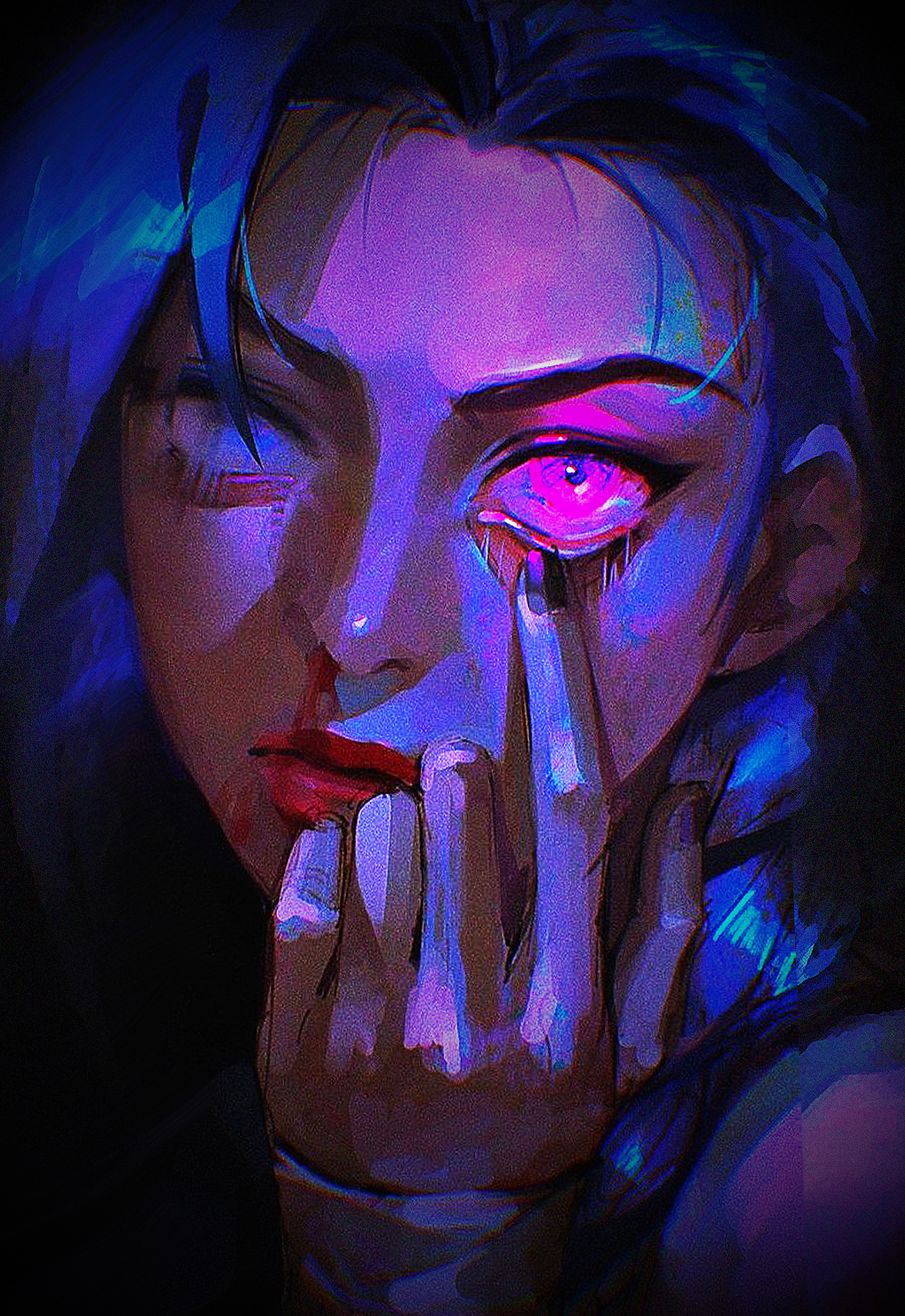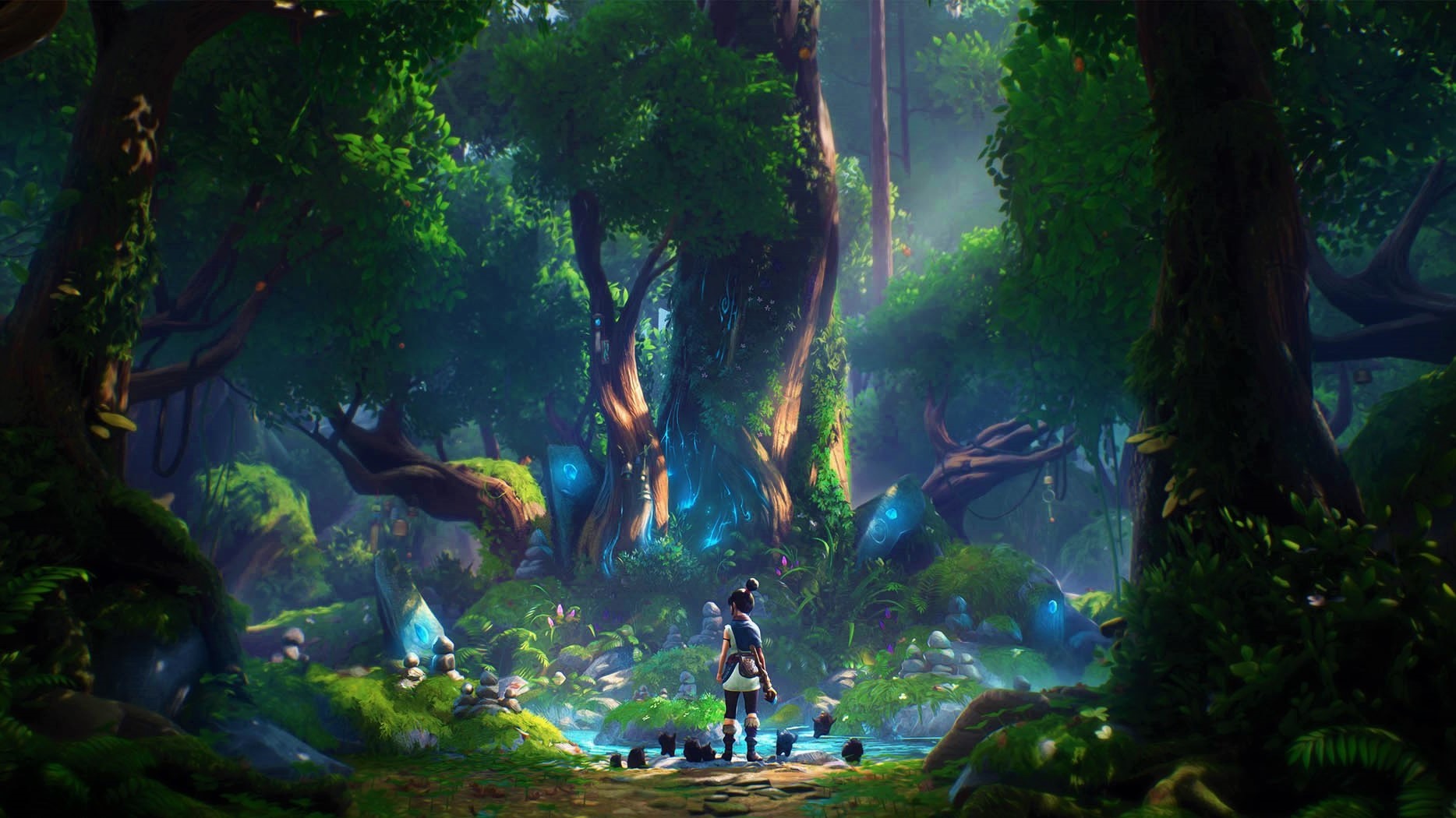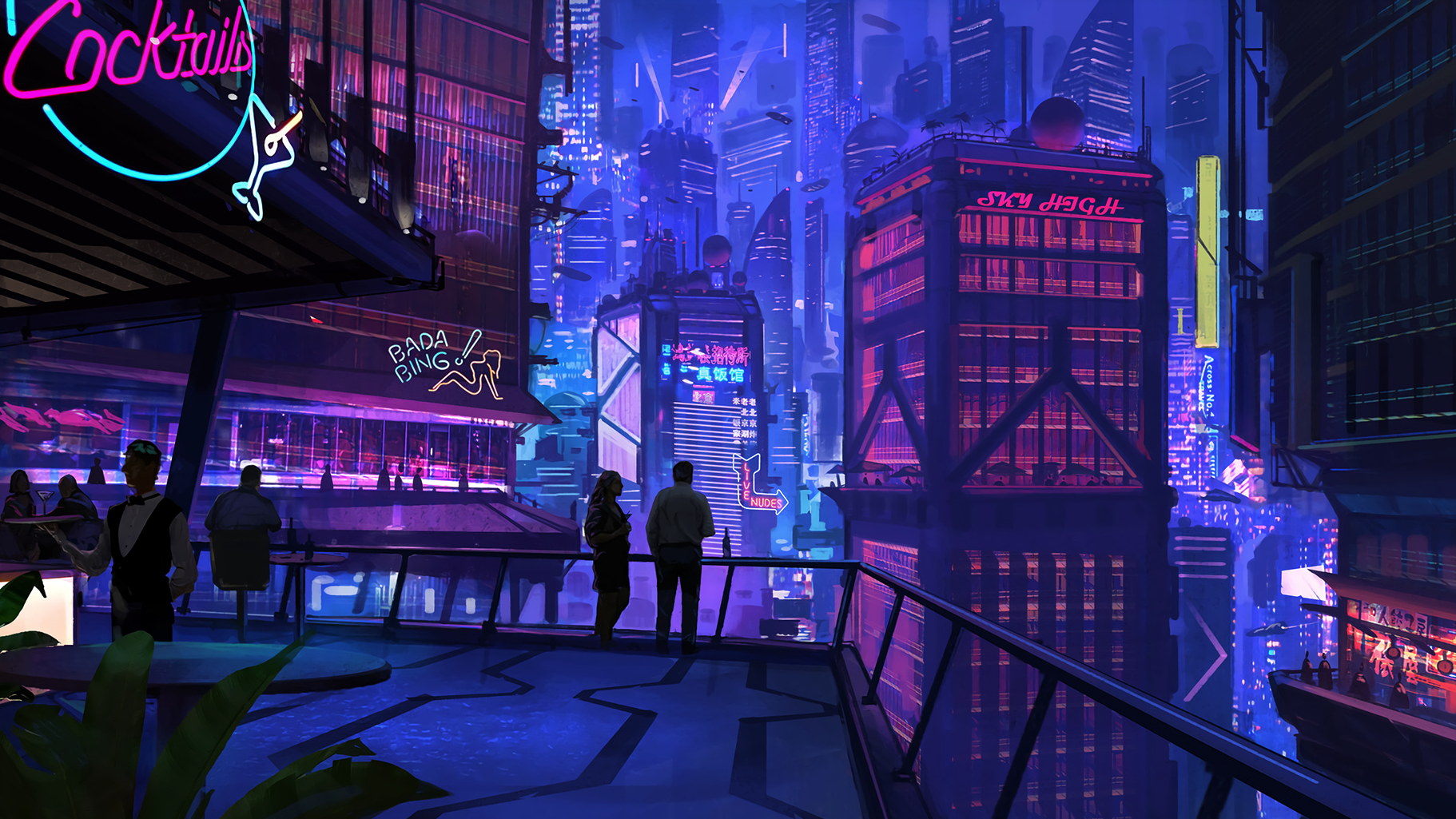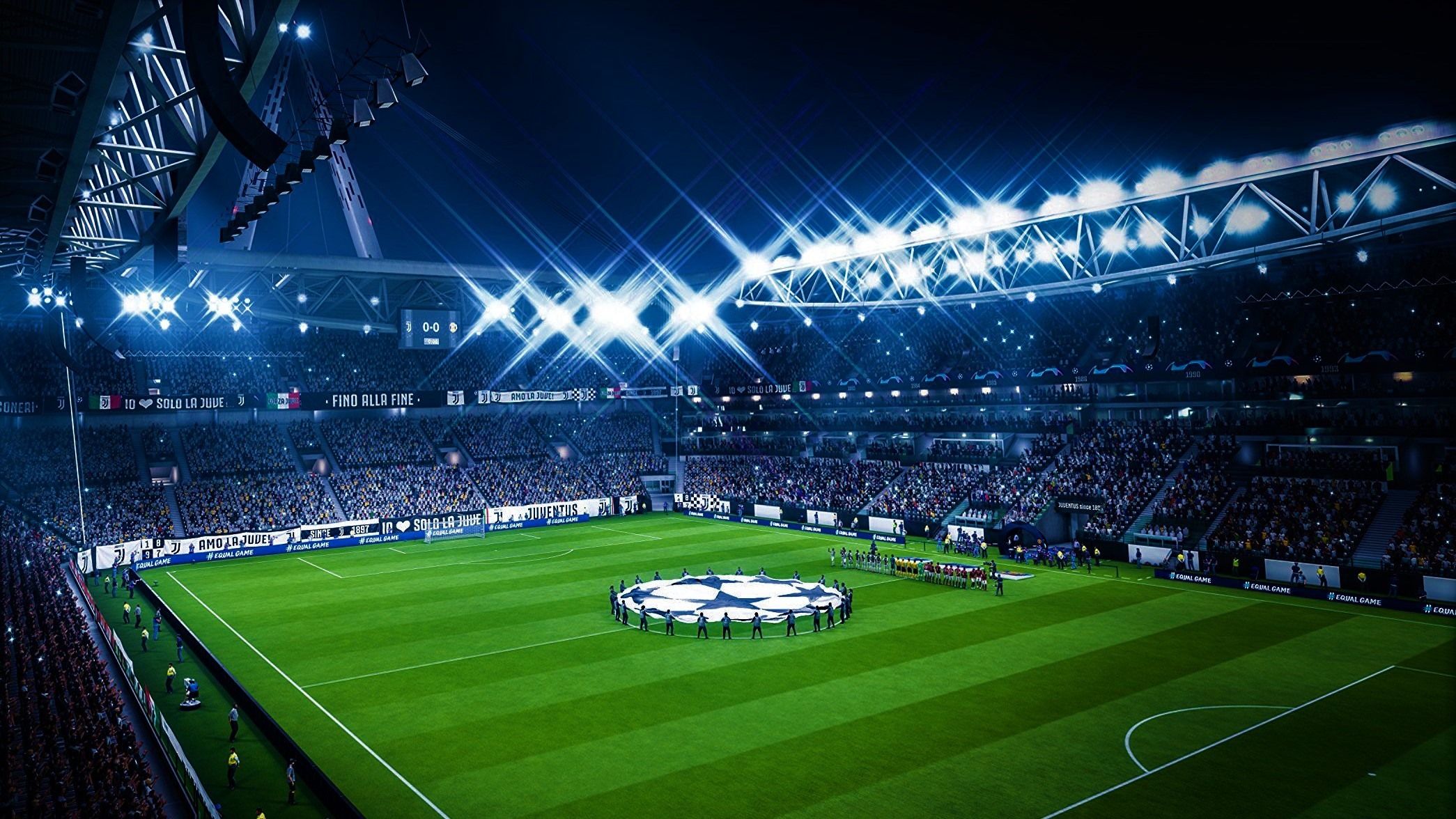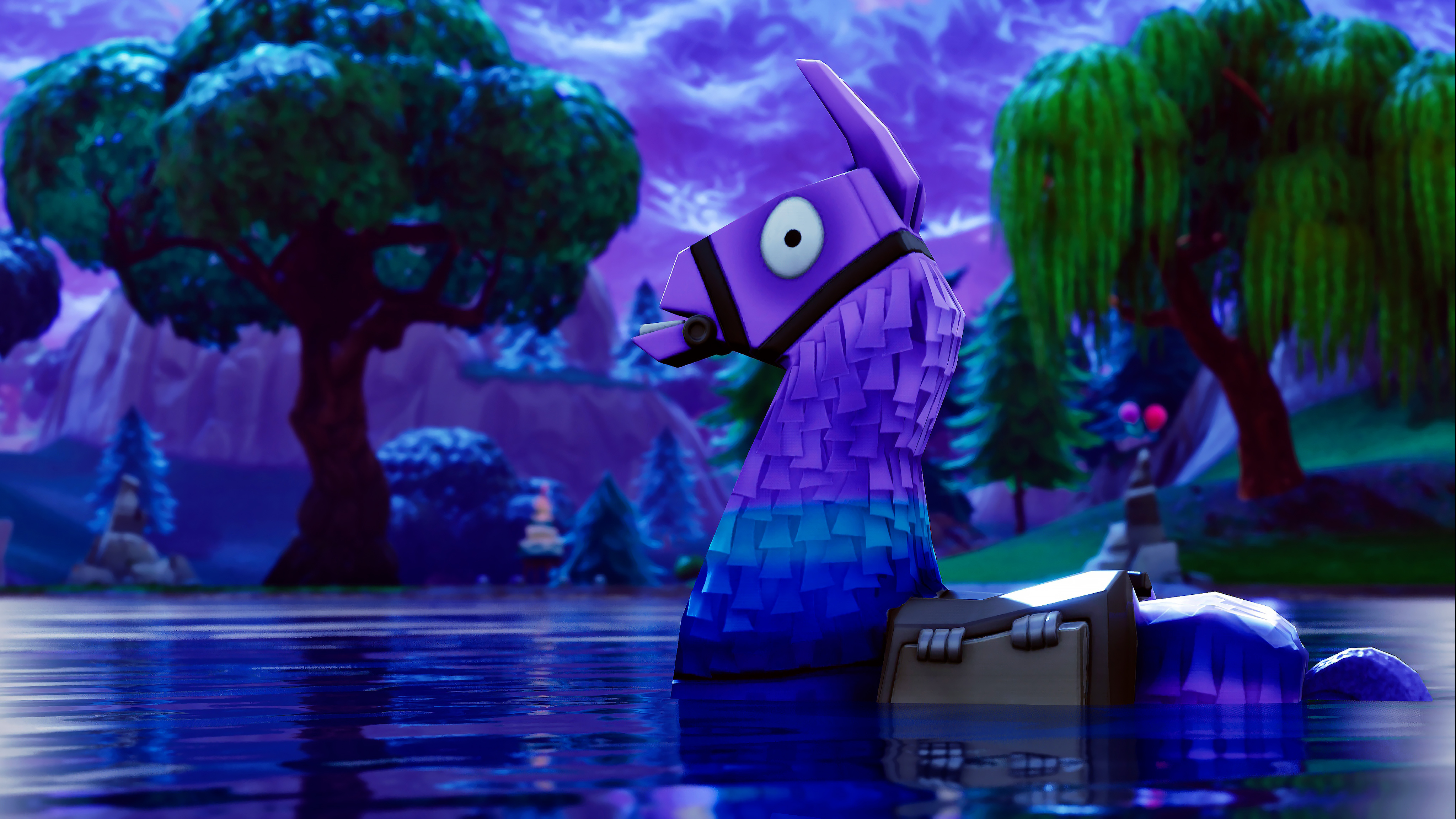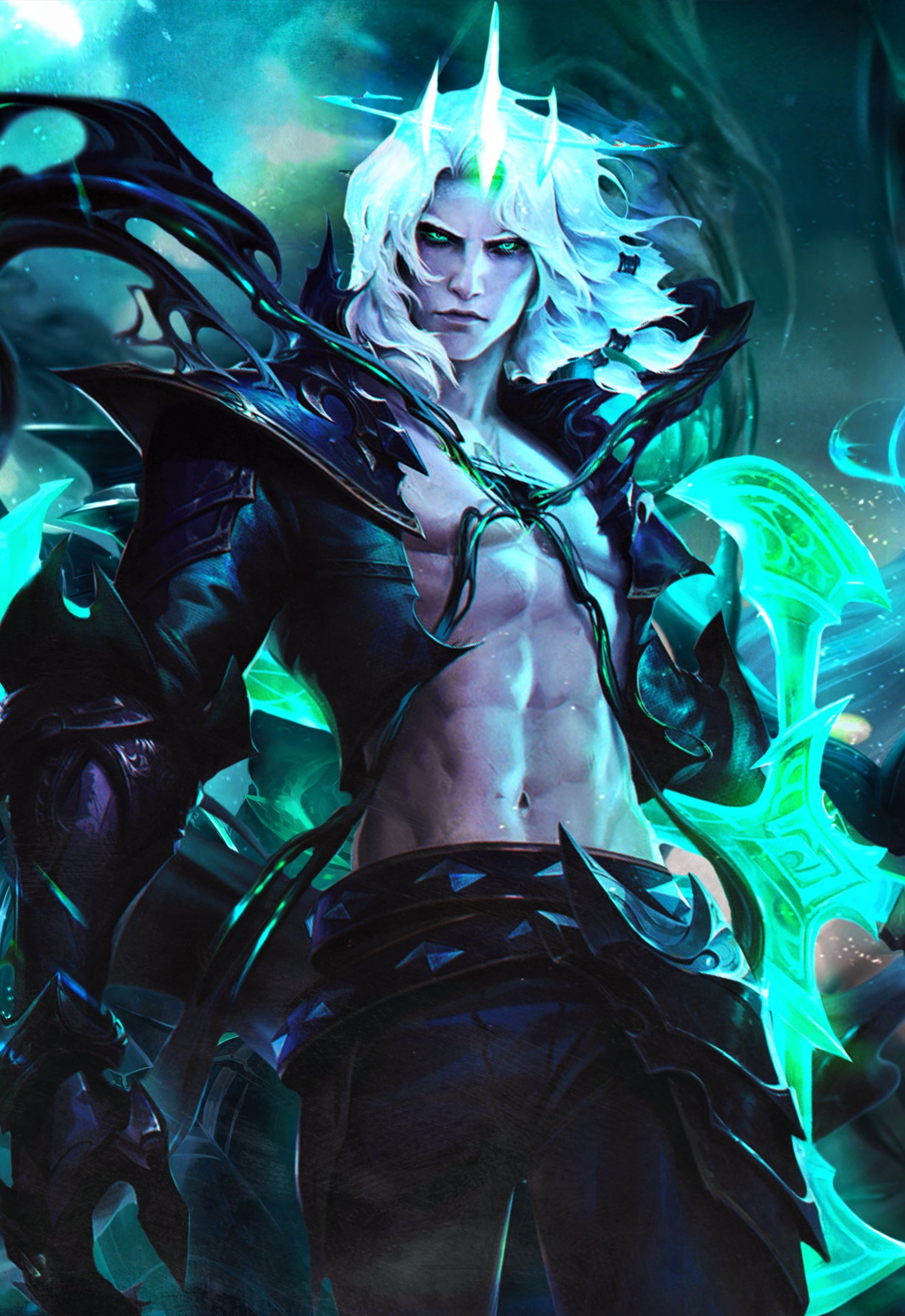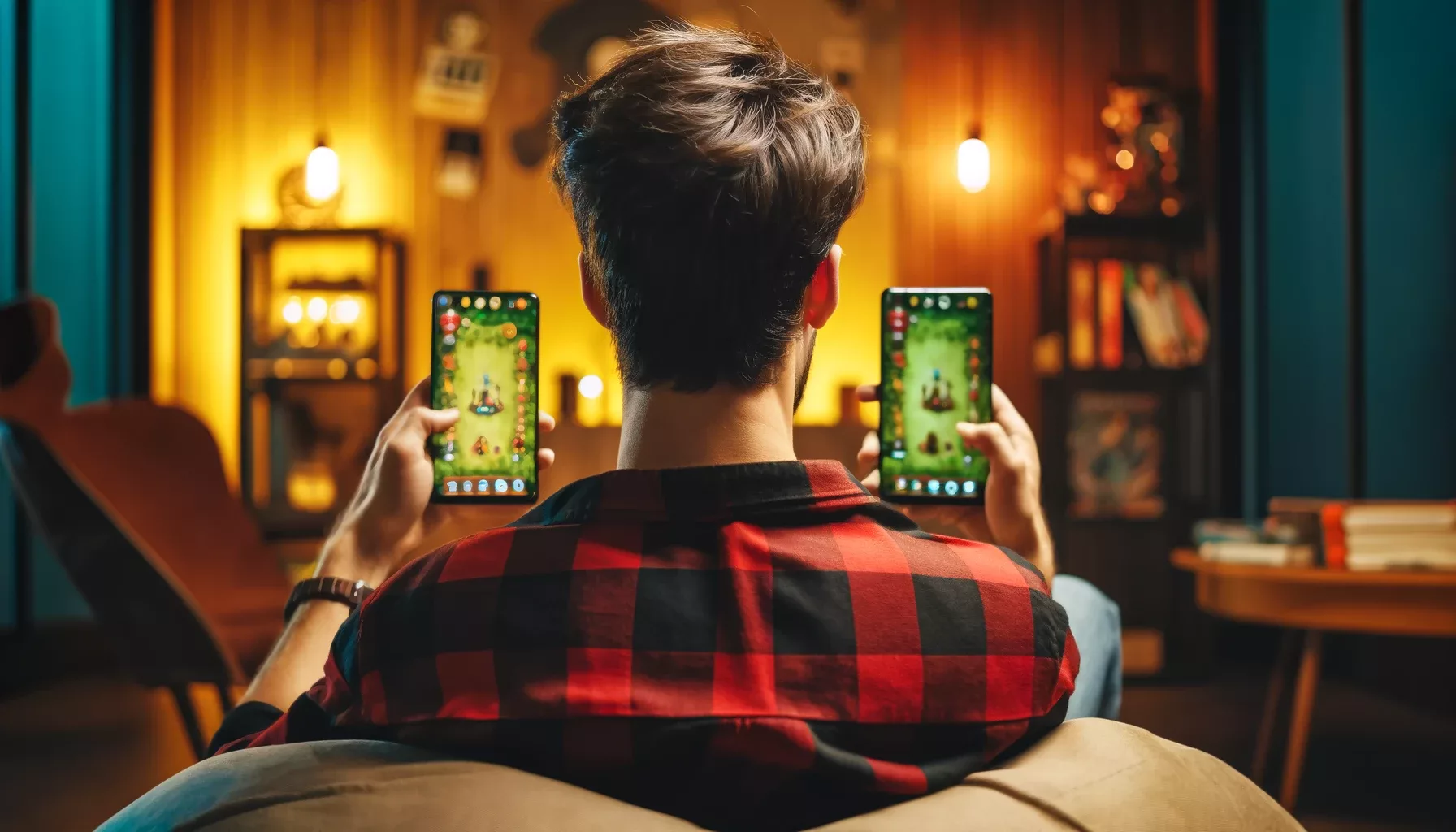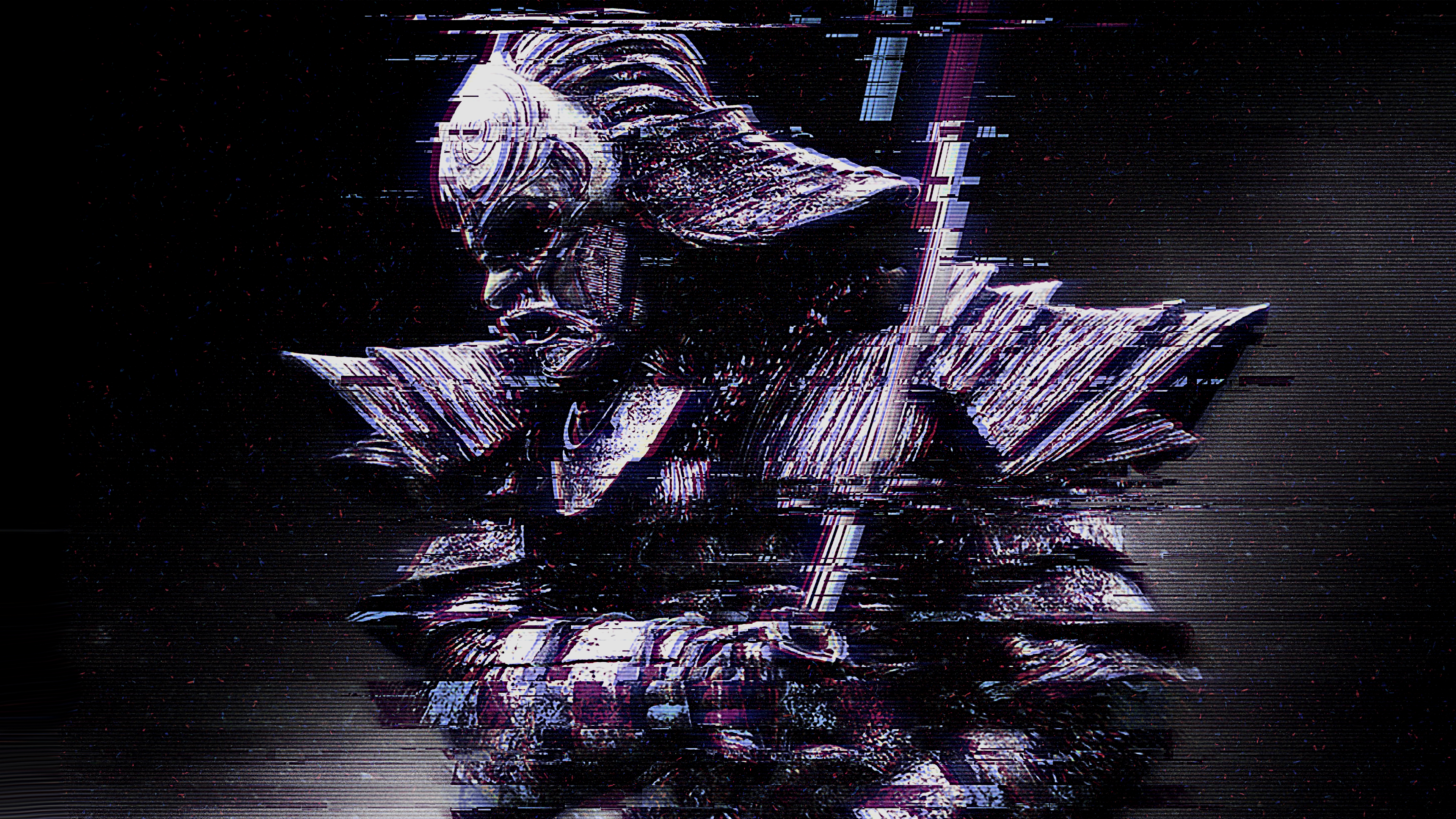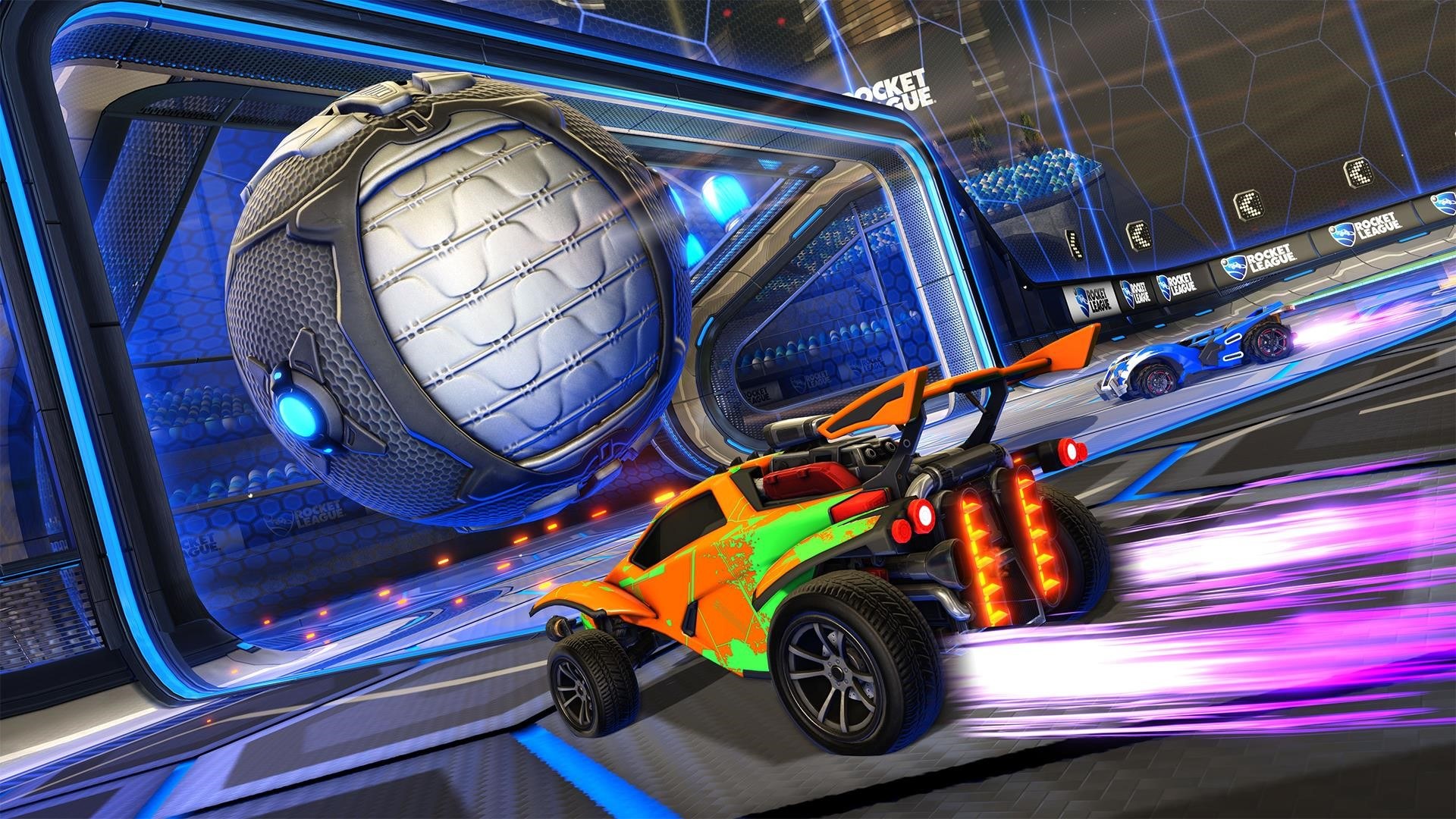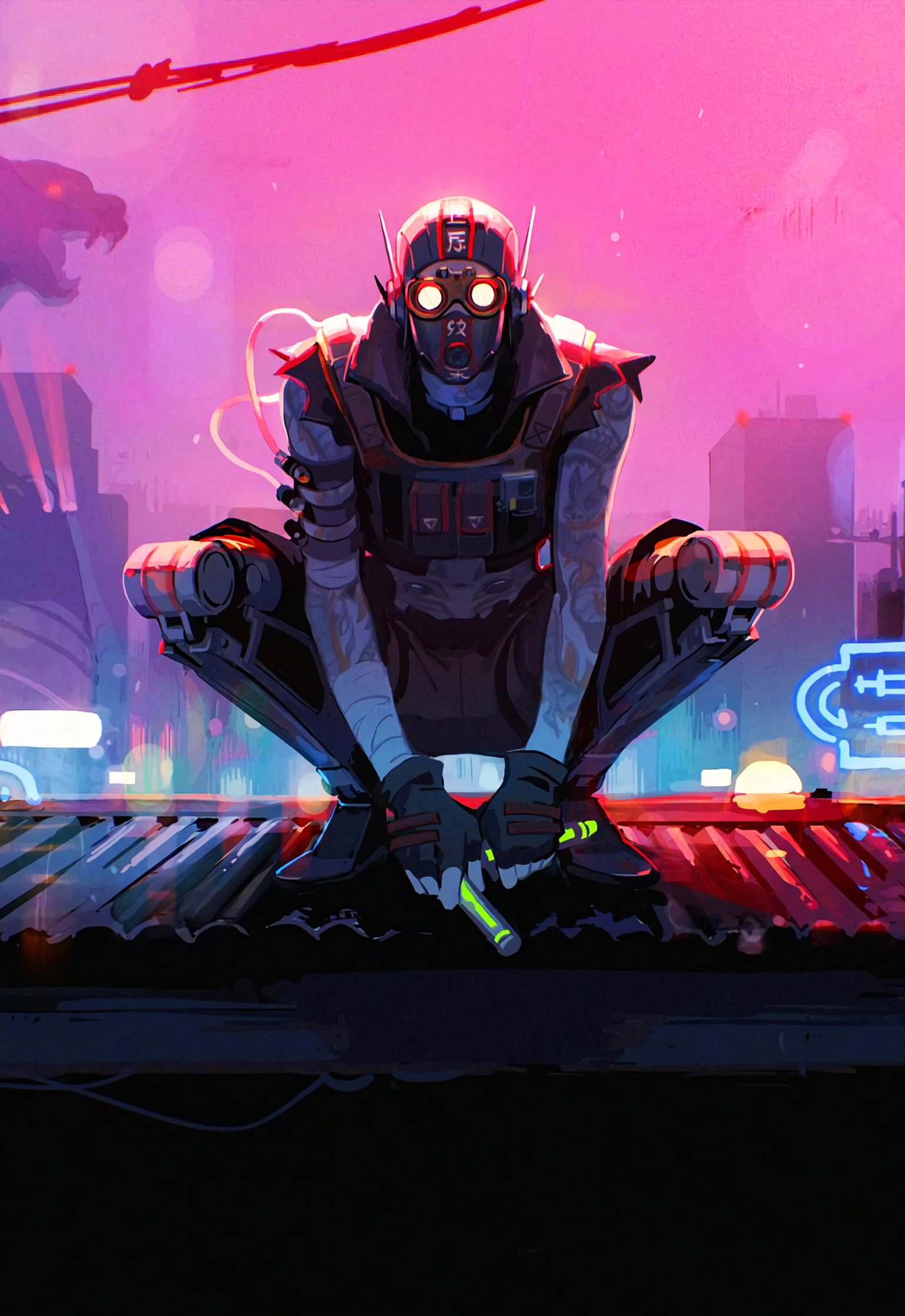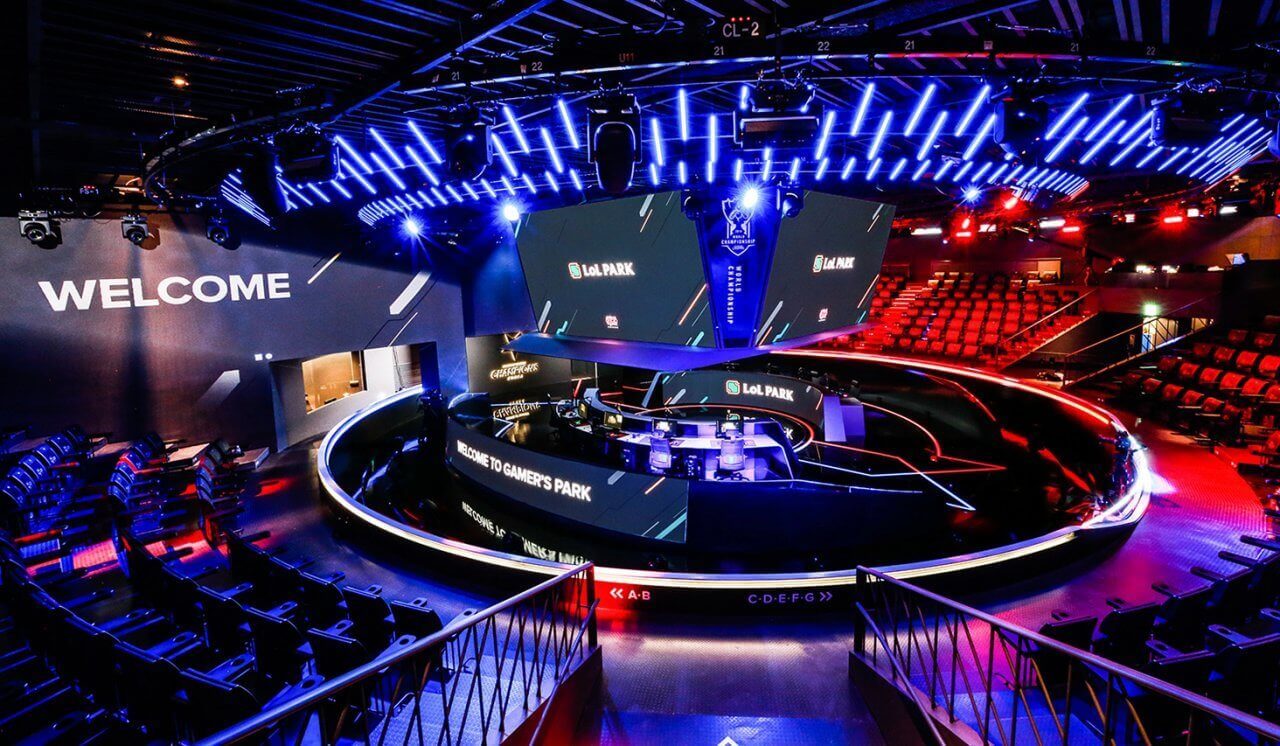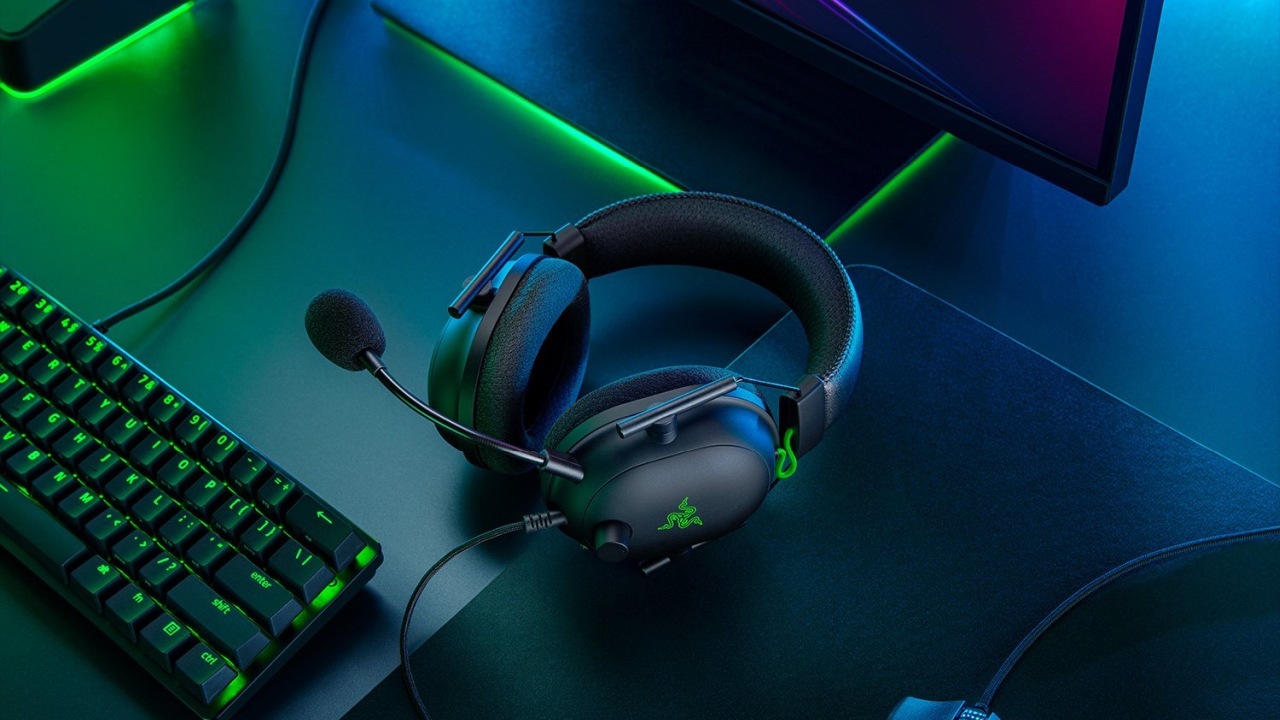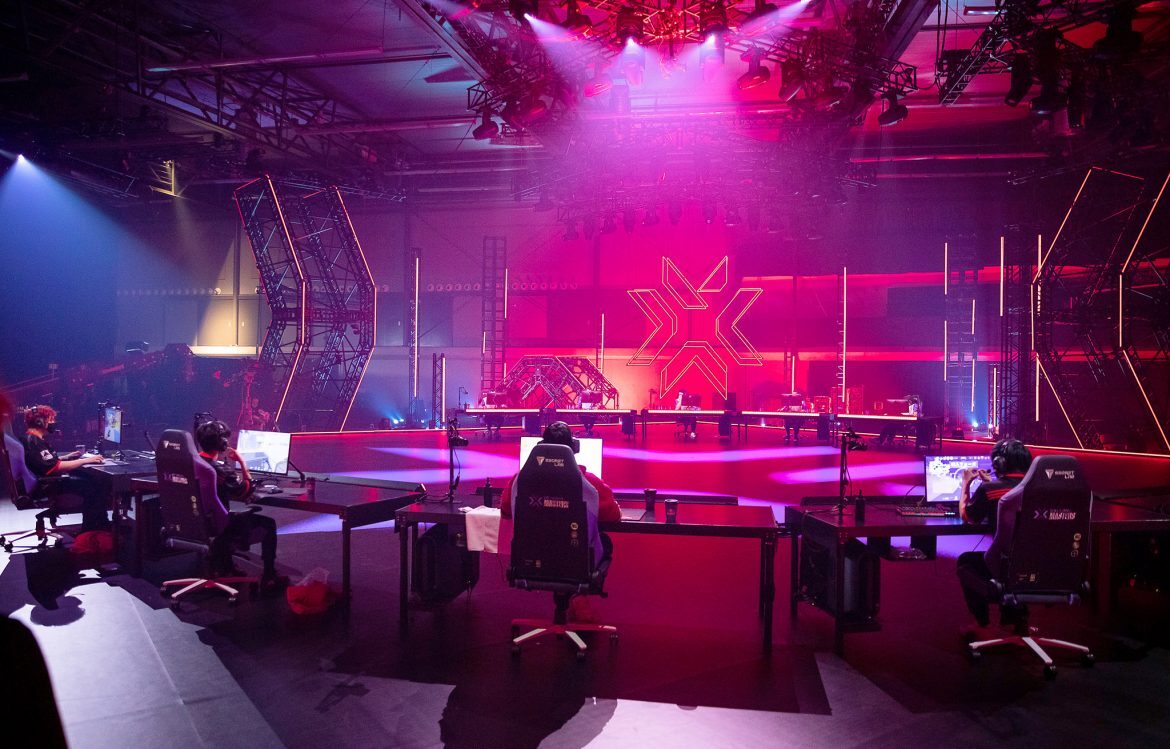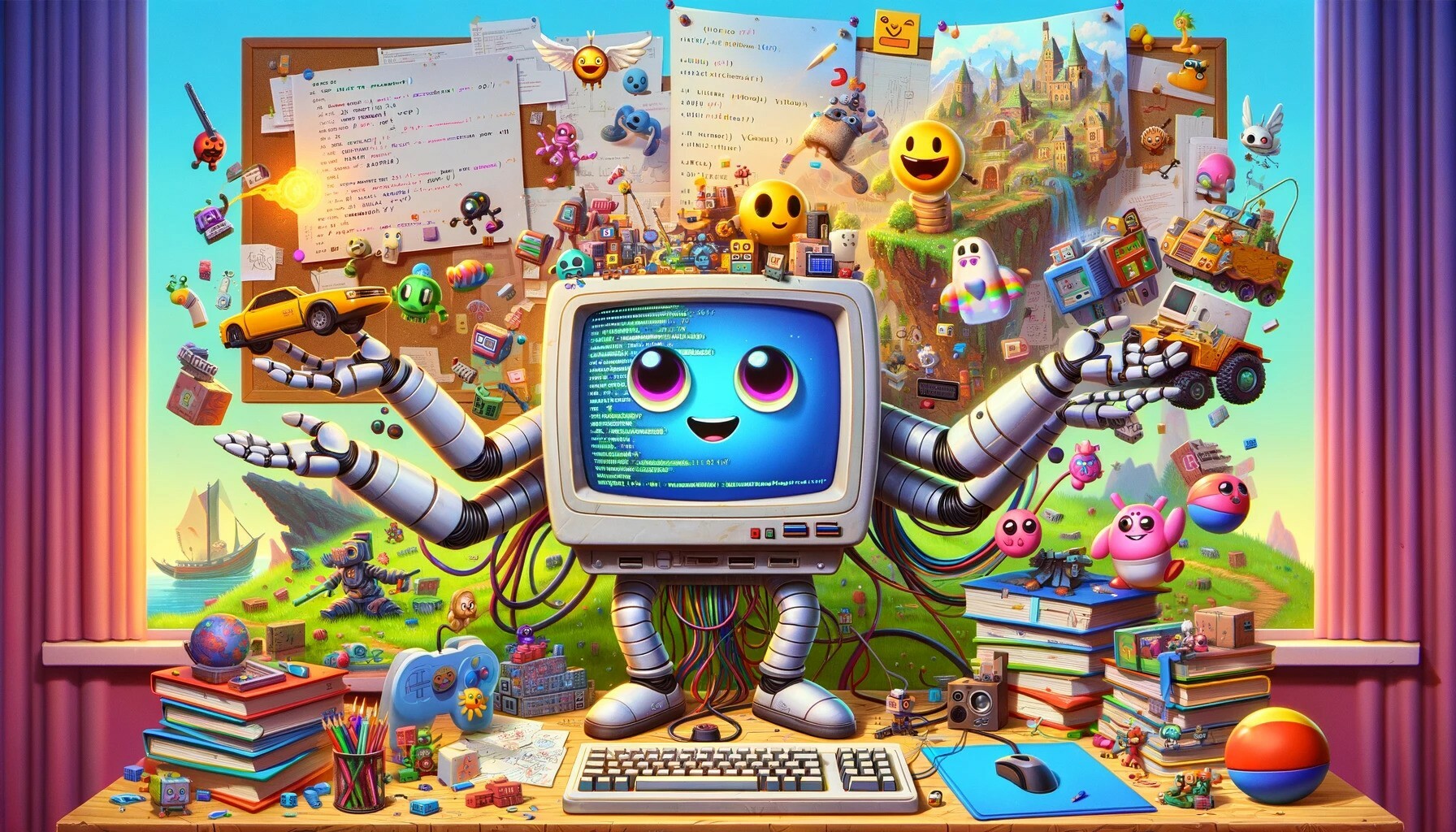AI creates art, AI writes texts, AI mimics voices, so what's next? Obviously an AI that creates video games!
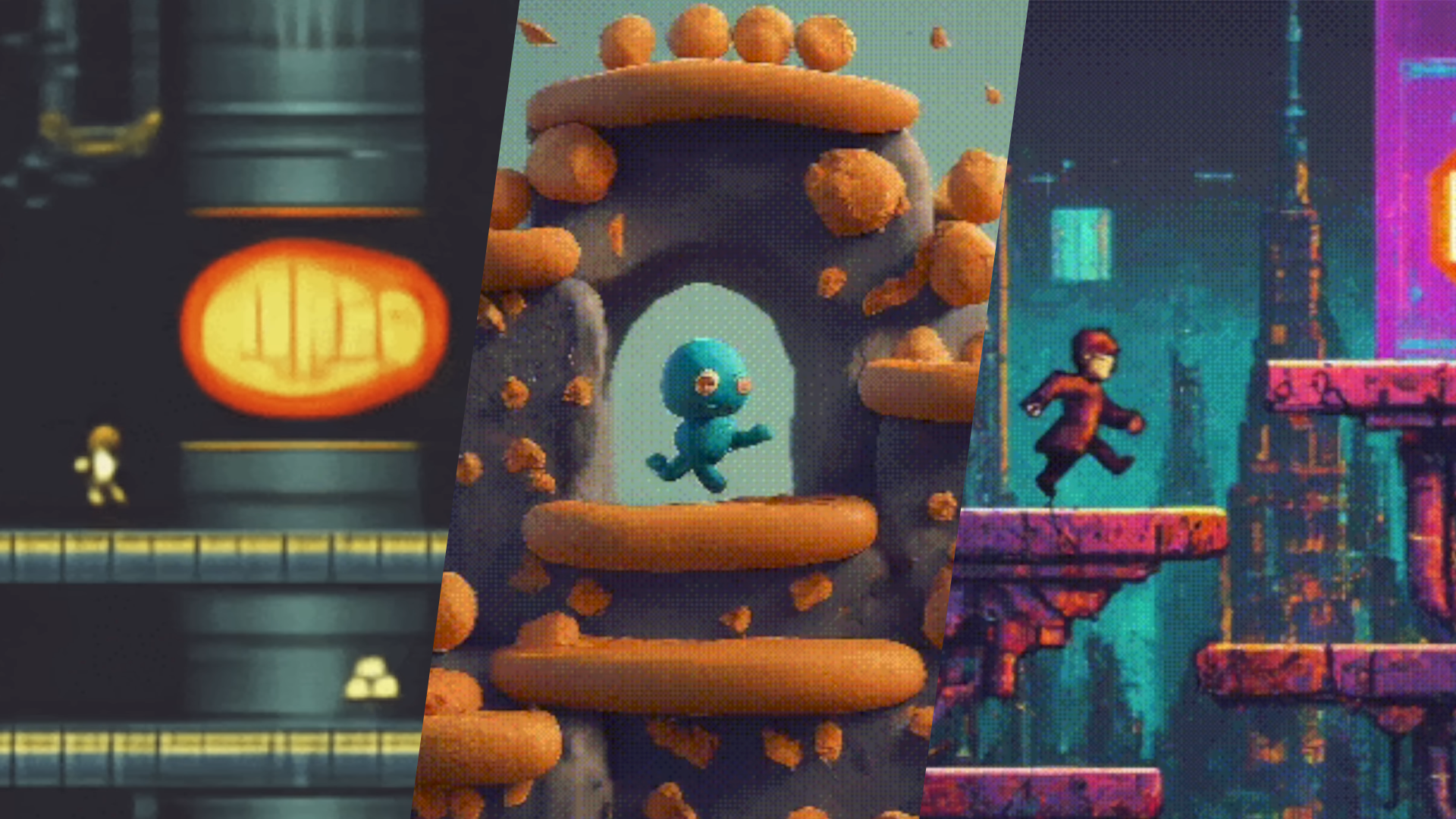
Oh, AI. A topic we all like to talk about nowadays, right? Most of the time, AI makes negative headlines, especially when it comes to its use in creative fields like video game development. This ranges from AI-generated art in games to the use of AI-generated voicelines.
But can't AI also be constructive? Google DeepMind has made it their mission to create breakthrough technologies that could advance science, transform work and serve diverse communities. For this purpose, they have now developed an AI that can independently create video games.
AI Named "Genie" Creates Playable Video Games From Single Images
It might be the beginning of something really big. In late February, Google DeepMind dropped the AI called "Genie," which can create video games independently. This program apparently only needs a single image and BAM, the next Mario game is ready to go. Or is it? Well, not quite. This is what the games created by Genie look like.
Google DeepMind just dropped 'Genie', an AI that can generate interactive video games.This is a huge deal.Genie is trained on 200,000 hours of unsupervised public internet gaming videos and can generate video games from a single prompt or image.But here's what's insane:... pic.twitter.com/C63tDAVEVr
— Rowan Cheung (@rowancheung) February 26, 2024
As you can see, the games don't look particularly fun. The resolution is poor, and they barely reach 1 frame per second. They kind of remind me of cheap rip-offs from the last century, but what we're seeing here is still quite impressive considering what the AI is actually doing.
The AI was fed 200,000 hours of gaming videos from the internet and is now capable of identifying a player character and objects with "hitboxes" in an image. From there, it creates platformer games that are actually playable. From Genie's DeepMind site:
What makes Genie unique is its ability to learn fine-grained controls exclusively from Internet videos. This is a challenge because Internet videos do not typically have labels regarding which action is being performed, or even which part of the image should be controlled. Remarkably, Genie learns not only which parts of an observation are generally controllable, but also infers diverse latent actions that are consistent across the generated environments.
But not only 2D platformers are within Genie's scope. Tests are already being conducted with 3D environments, allowing Genie to simulate deformable objects.

So what does this mean for video game development? The goal is certainly not to create games without human involvement. Rather, the aim is to cover areas that were previously simply not feasible.
For example, if an AI is capable of simulating deformable objects, laborious animation processes no longer need to be done completely manually. Things like clothing and hair could be simulated by an AI, making games appear even more realistic and more easily so.
Even though the games that Genie has produced so far look pretty ugly, one can imagine where the journey might eventually lead. Yes, it may be daunting to wonder in the future how much AI is involved in every game. However, it all ultimately comes down to the transparency of the developers and how fairly people and their work are being treated here.
